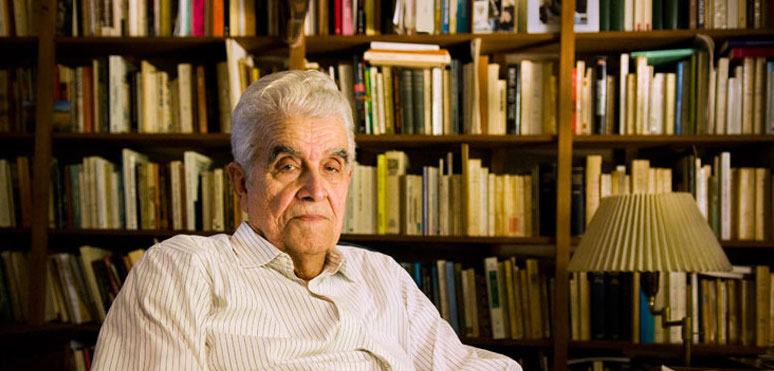What has human sacrifice got to do with Twitter? Quite a lot, in fact. As Geoff Shullenberger explains in a fascinating article in The Tablet this week, the social mechanisms that informed human sacrifice are remarkably similar to those that are being used on social media platforms like Twitter.
Ok, on Twitter no curly dagger is pressed into the breast of an innocent victim. But, as Shullenberger explains, in theoretical terms, the biggest difference is that whereas ancient sacrifice had the social purpose of establishing human solidarity, on Twitter the collective digital pile-on is a part of the very business model of the platform.
Several people have already and quite rightly suggested that human behaviour on social media, especially on Twitter, can be profitably illuminated through the work of French cultural theorist and theologian, René Girard. But Shullenberger adds layers of fascinating and highly persuasive analysis. Of Twitter, he writes:
In this highly vituperative context, where pile-ons are incentivised with ‘likes’, “attacks upon individuals is a feature of the platforms, not a bug.”
Girard is useful here not just because of his theory of mimetic desire — that so much of our behaviour and desire is copied — maps extremely well onto Twitter. But also his story that in non-policed (ancient) societies, the collective blame that comes to be focused on some individuals has the social purpose of uniting a society around a kind of mob viciousness, with mob attacks culminating in an ordered sacrificial climax, the priest who does the sacrificing both ordering/formatting the social viciousness and bringing it to a close.
This is the core idea of Girard’s understanding of sacrifice. It unites society by refocusing all its pent-up discontent on an innocent victim. And Twitter is the perfect breeding ground for pent up discontent.
As a Roman Catholic theologian, what is always at the back of Girard’s mind is the crucifixion of Jesus. Having had the privilege to meet René Girard a couple of times before he died, I have argued with him about this. And theologically, I think there is a real problem with the way his theory works — not least, the role that his analysis ascribes to Jews in the crucifixion story. Because in Girard’s analysis, it’s just too easy to cast Jews as the one’s shouting “crucify”, whilst Jesus stands as the innocent victim. It’s a very ancient and very nasty trope.
But back on Twitter, the Girardian analysis works much better:
Brilliantly explored in this article, this is the basic theology of cancel culture.











Join the discussion
Join like minded readers that support our journalism by becoming a paid subscriber
To join the discussion in the comments, become a paid subscriber.
Join like minded readers that support our journalism, read unlimited articles and enjoy other subscriber-only benefits.
Subscribe